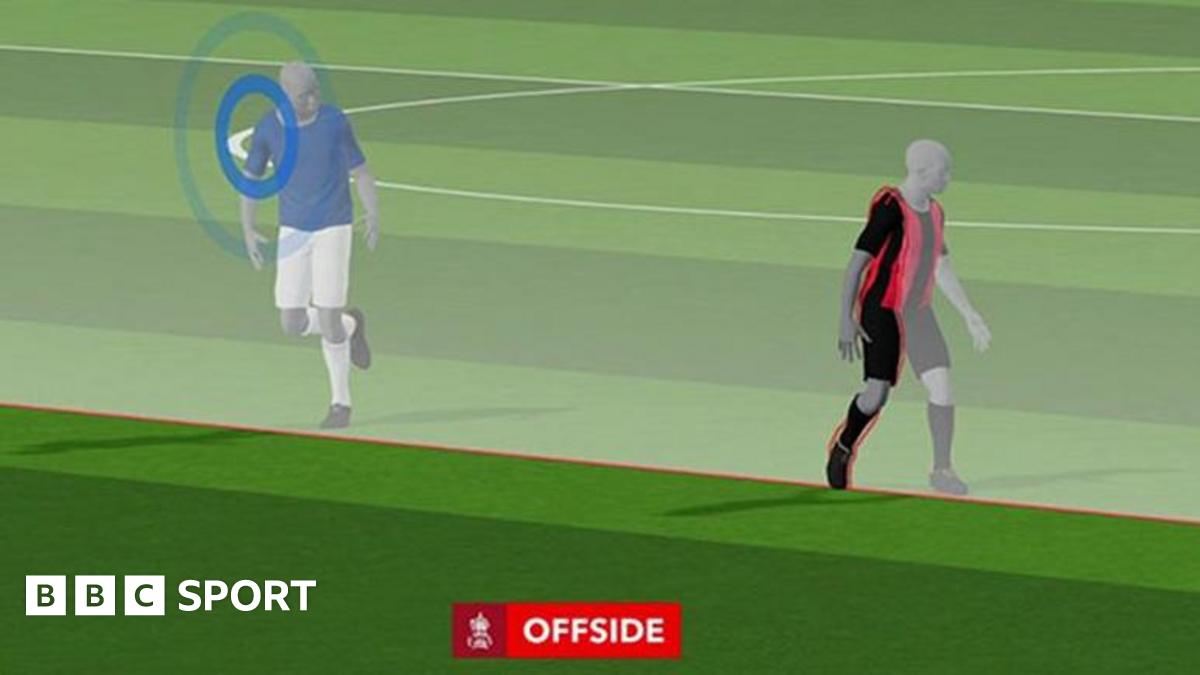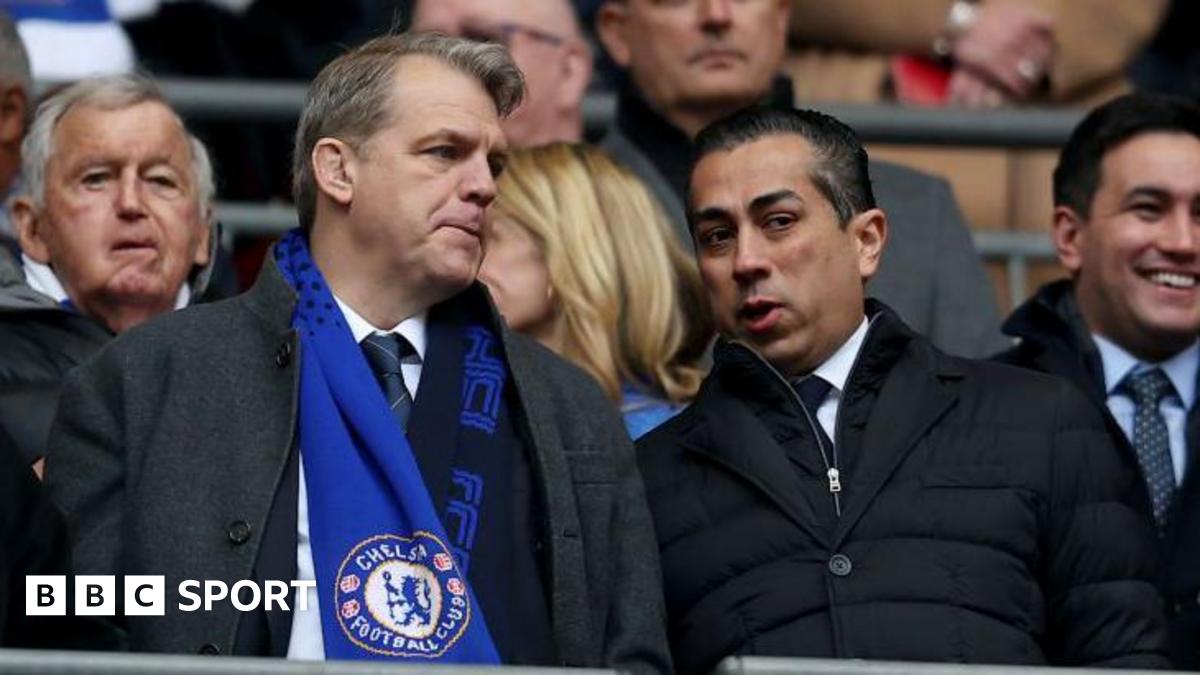Planning Commission panel lashes Hobart's Macquarie Point stadium plan
A panel assessing the proposed Macquarie Point stadium in Hobart believes the government has grossly underestimated the cost and overestimated the benefits to such an extent that it risks Tasmania's credit rating.In its draft report — released on Monday afternoon — a Tasmanian Planning Commission (TPC) panel described the stadium as "overbearing", "disproportionate" and against local planning schemes.Independent review finds new Hobart stadium costs to 'exceed $1 billion' Photo shows A concept image of the proposed Hobart stadium at Macquarie Poi nt. A leading independent economist tasked with reviewing Tasmania's AFL stadium proposal finds the project is "already displaying the hallmarks of mismanagement" and is likely to exceed $1 billion.The TPC is assessing the stadium as a project of state significance — a process that must be completed before it can be voted on in parliament and construction can start.However, the draft report is scathing on a range of measures including economic implications for the community and insufficient transport planning.The government estimated the cost-benefit would be 69 cents for every dollar spent, however the TPC panel believes this would be 53 cents.The proposed Macquarie Point stadium in Hobart has divided opinion in Tasmania. (Supplied: MPDC)The draft report raised concerns about the level of borrowing required."Under its central scenario, construction of the Project would require the State to borrow — or otherwise finance at the same or greater cost — approximately $992 million," the report reads. "At the end of 10 years of operation the additional debt directly associated with the project's construction and operation would be approximately $1.86 billion." "The additional debt the state would take on to build the project and to fund its operating losses may trigger a credit rating downgrade."Cricket casts doubt over Macquarie Point stadium roof Photo shows Concept art showing interior of sports stadium with cricket match underway. Cricket authorities have penned a bombshell letter to the Tasmanian government expressing reservations about the stadium's roof in its current design, saying the "stadium is unlikely to be conducive to hosting test matches".The government estimates the stadium will cost $775m.The TPC panel estimates this would instead be $992m, which rises to $1.197b once a required footbridge, road access changes, public transport infrastructure, Goods Shed relocation and sewer realignment are included.Those additional costs were not included by the government.Aerial view concept visualisation of the proposed Macquarie Point stadium, released in July 2024. (Supplied: Tasmanian government)The panel believed interstate visitation would be 15 per cent of the crowd at AFL games rather than 25 per cent as suggested by the government, and up to 5 per cent for arena concerts, rather than 20 per cent.The public has until May 8 to comment on the draft report.The TPC will then assess comments, could hold a hearing in July, and then release a final report on September 17.The proposed stadium still needs to be approved by Tasmania's parliament. (Supplied: Macquarie Point Development Corporation)Design would 'intrude on the identity' of city, report saysThe panel was particularly scathing of how the stadium interacts with its immediate surroundings, as well as Hobart's cityscape more broadly.The proposed Macquarie Point stadium roof may need to be redesigned. (Supplied: Macquarie Point Development Corporation)Its height and bulk would be "incompatible" with Hobart's planning principles, and its scale would "exacerbate negative aspects of its form"."The panel considers the stadium's form does not respect the natural layered land form of Hobart between Kunanyi/Mount Wellington and Timtumili Minanya/River Derwent, with the Cove as the centre of the amphitheatre," the draft report reads.An outline of the proposed stadium, as it might be seen from near Salamanca. (Supplied: MPDC)The materials and finishes used for the stadium would not reflect the surrounding area."The height, coarse grain and size of the stadium roof intrude on the identity of the place and the city," the panel says."Due to lack of remaining space around the stadium structure, the panel considers that activation of the public realm around the stadium would be difficult and would contribute to significant issues."The relocation of the heritage-listed Goods Shed to an area behind the stadium was described as "a poor design outcome" that would create a narrow space.The location of the proposed cricket wickets was also called "problematic" by restricting pedestrian circulation.Transport options criticisedThe panel described the stadium as being "potentially unsafe" for pedestrians for emergency evacuations.The Planning Commission panel released a map showing where it believes concerning pedestrian pinch points could be (Supplied: Tasmanian Planning Commission)The draft report estimated that up to 80 new buses would be required for event days, but a lack of bus stops would create long delays.The panel estimated that patrons would need to wait more than an hour for a bus, with one-in-four attendees expected to travel by bus.This would be exacerbated by overcrowding, the draft report argues, and the crowd could then be subjected to strong wind conditions."The footpath and waiting area adjacent to the eight event bus stops is likely to be overcrowded for the majority of the first hour for patrons leaving a 24,500 person event," the draft report reads."For higher-capacity events, crowding would be worse."The use of park-and-ride facilities was described as "aspirational", ferries would only be suitable "for a very small groups of event patrons", and there was limited further planning to upgrade the overall bus network for Hobart."The panel considers that the plan for transport to the stadium is vision-led and unrealistic," the draft report reads.Commonwealth funding queriedThe panel questioned the as-yet-unplanned construction of housing at Regatta Point, adjacent to the site of Macquarie Point, and the further implications this could have on the stadium.Proposed site plan for the stadium, including some vehicle access from the north. (Supplied: MPDC)A plan for the construction of housing was a key condition of the Commonwealth providing $240 million for the Macquarie Point precinct as a whole.The panel described the use of this land for housing as poorly thought-out."[It is] is an isolated area of land that appears unsuited to residential amenity and has a high potential for land use conflicts with activities at the adjacent Macquarie Wharf," the draft report reads.Other issues included the impact on traffic movement for the adjacent port area and how it could interact with cruise ship arrivals.The extent of the stadium, as seen from the Hobart cenotaph, with proposed tree planting to obscure some of the view. (Supplied: MPDC)There were also concerns with how the stadium would impact the neighbouring cenotaph."The panel considers that the built form of the stadium would have a significant detrimental effect on the visual amenity of the Cenotaph and the way it is understood and experienced," the draft report reads.Government 'committed' to stadiumThe roofed stadium is a condition for Tasmania entering the AFL and AFLW.It must be completed in time for the 2029 season, with the Tasmanian club to play the 2028 season at existing grounds in Hobart and Launceston.Government minister Eric Abetz — who is responsible for the stadium — said the Macquarie Point Development Corporation (MPDC) will work through the issues raised."The report does appear to underplay the immense benefits of the stadium and the precinct it will unlock, including the key outcome of securing our own AFL/AFLW team," he said."The report has also raised broad issues and taken a wide scope of the project, and we are concerned about the potential of any delays to an already tight timeline."Labor sport and events spokesperson Luke Edmunds said the project is "hanging by a thread".The government could require Labor's support for the stadium to pass parliament.







